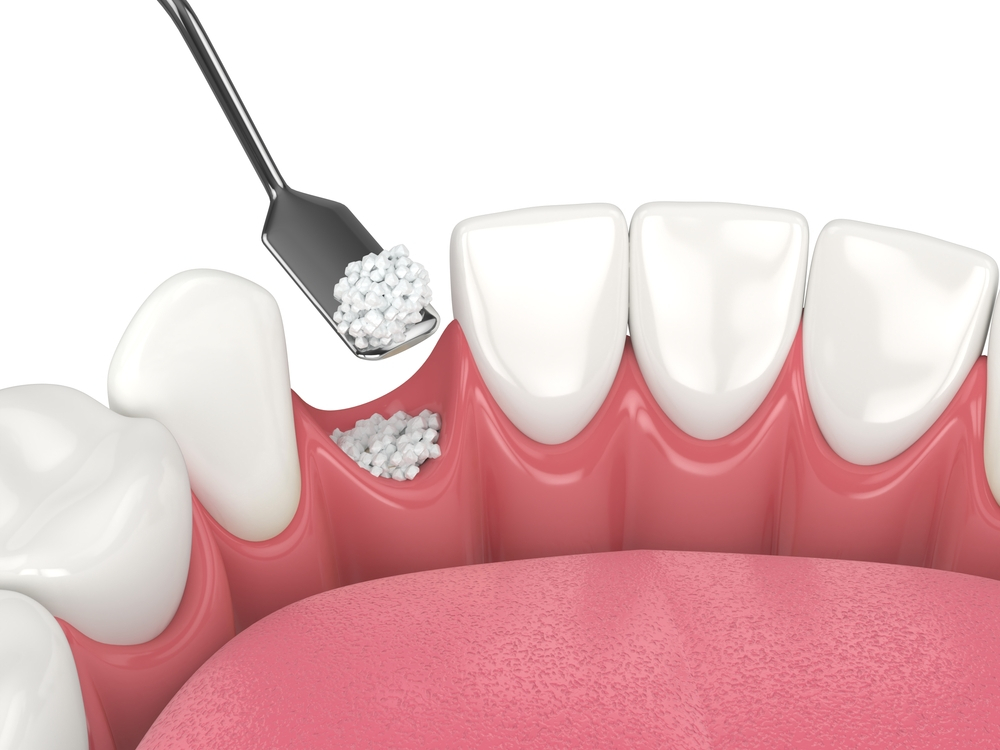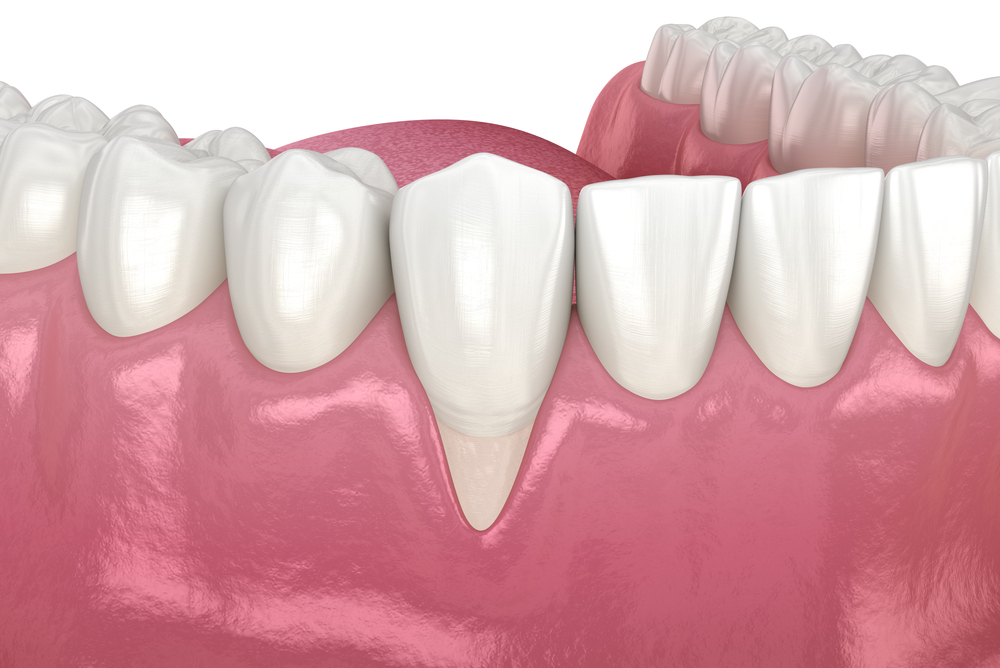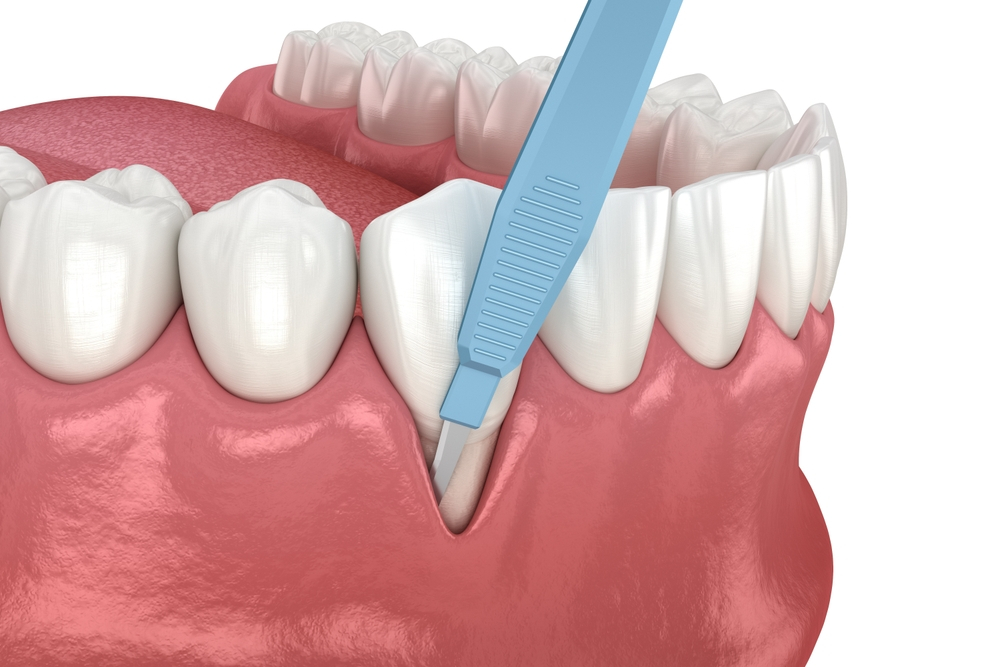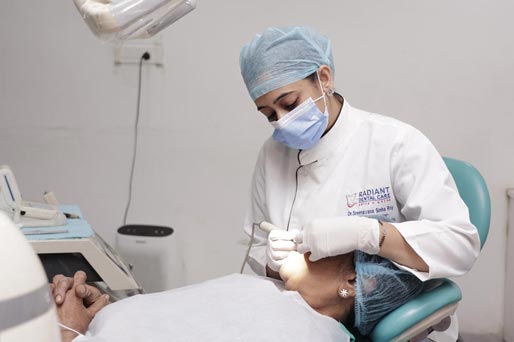
Grafts
- Home
- Grafts
Periodontal grafts, commonly known as gum grafts, are surgical procedures that aim to restore gum tissue lost due to gum recession. Gum recession can result in tooth sensitivity, root decay, and eventually tooth loss. During a gum graft, a periodontist or dentist removes a small piece of tissue from the roof of the mouth or a donor source and transplants it onto the affected area of the gums. The transplanted tissue integrates with the existing gum tissue to provide support and coverage to the exposed root surface.
There are three main types of gum grafts: connective tissue graft, free gingival graft, and pedicle graft. These procedures can help improve the health and appearance of the gums and prevent further damage to the teeth and gums caused by gum recession. The success of the treatment depends on the severity of the gum recession and the patient's overall oral health.

Periodontal grafts are recommended for patients with gum recession, which can lead to tooth sensitivity and loss if left untreated. This procedure involves taking tissue from another part of the mouth, a donor, or synthetic materials and grafting it onto the affected area to cover the exposed roots. It may also be recommended for patients with cosmetic concerns or to improve overall gum health.

Gum recession can cause the tooth root to become exposed, leading to sensitivity or pain, especially when consuming hot or cold foods and beverages.
If you notice that your gums are going below the normal gum level as a result of thinning or vigorous brushing, it can be a sign that you need gum grafts.

Gum recession can cause teeth to appear longer than they actually are, giving the appearance of "long teeth" or an uneven gum line.
Deep gum pockets can be a sign of advanced periodontal disease, which may require gum grafts to help restore lost gum tissue.
If gum recession is left untreated, it can lead to further damage to the tooth and eventual tooth mobility followed by tooth loss.
The first step is the evaluation of the patient and to assess whether you are suitable for the periodontal grafts or not. It involves x-rays like OPG or CBCT. The procedure for periodontal grafts surgery typically involves the following steps:


Radiant Dental has a team of experienced and skilled dentists who have years of experience in placing periodontal grafts.

Radiant Dental takes pride in providing the best possible treatment that aims to improve your smile.
Stay informed about the latest facts, tips, and tricks to maintain excellent oral hygiene and achieve a glowing smile by reading more. Keep yourself updated and enhance your knowledge about oral health.
